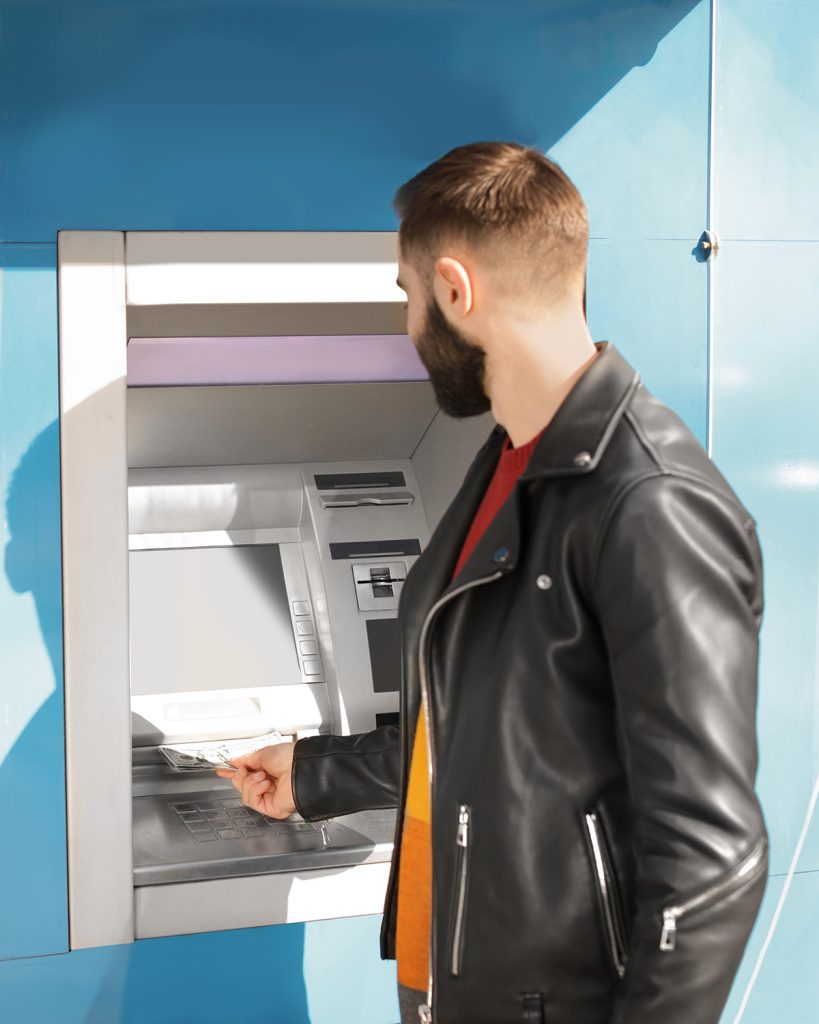There is no denying the world has changed significantly over the past couple of years. Even now there are still travel restrictions, fluctuating health requirements, and other ongoing disruptions to our everyday lives. But the changes don’t only affect people as individuals, they have also had a heavy effect on financial institutions and the relationship they have with both consumers and their employees.
Fortunately for banks and credit unions, ATM outsourcing is a go-to solution for many of the issues these changes have brought to the financial institution arena. Here are three ways ATM outsourcing can help your institution overcome the challenges you are facing today.
The Staffing Problem
Over three-quarters (80%) of community banks and credit unions have openly stated their biggest concern right now is staffing. The problem is not a big surprise. In June 2021 nearly four million people quit their jobs. There are plenty of reasons for the mass exodus, including health concerns, a lack of childcare and higher expectations from a modern world job.
A lack of staff directly affects branch operations, call center functionality, and general customer and member service. Longer lines and extended wait times, whether in-person, online chat, or over the phone, is simply bad for business.
But studies have shown that consumers have come to rely heavily on the ATM. Over half of consumers used an ATM or drive-thru to get cash in 2020. And Millennials and Gen Z adults not only trust ATMs to make deposits, but they also visit these convenient machines often more than seven times per month.
So how does this help resolve staffing dilemmas? By combining higher-function self-service technologies such as Interactive Teller Machines (ITM), Video Teller Machines (VTM), deposit automation and off-premise ATMs, institutions can reduce pressure on tellers. Instead, banks and credit unions can host a smaller in-branch staff to answer bigger questions and provide larger-dollar services. By offering as much as 90% of services through an ITM or VTM, institutions can then focus staffing efforts on building support for online chat and phone conversations.
A reliable ATM outsourcing partner can help a financial institution determine their ITM, VTM and ATM needs ─ right now and in the future and generate a comprehensive plan that makes transitioning to a more self-service format easy.
Too Much Capital
The cost of keeping good staff is not the only thing that has gone up. The price of goods and services has been steadily on the rise. Everything from standard office supplies to big ticket equipment, like computers, printers, and ATMs, have seen a steady rise in cost. And, with a growing reliance on self-service, how can financial institutions avoid taking on additional capital expenses?
ATM outsourcing can not only provide a wide range of new self-service equipment with more functionality, but it can also take current machines off the books. Some outsourcing opportunities will include purchasing existing machines outright. Instead of keeping those large dollar values wrapped up on accounting worksheets, financial institutions can lower their costs by wrapping all their operations costs into a monthly payment for a complete service package that includes dependable daily operations, robust machinery, software upgrades and security patches, and any hardware compliance mandates.
Self-Service Where It’s Needed
Consumers report visiting ATMs around three times per month to deposit cash. The average consumer visits an ATM a minimum of four times per month to make a withdrawal. And now with more people working from home and statistics showing that up to 77% of employers will use a hybrid work model going forward, ATM outsourcing can help improve and expand ATM access for bank and credit union account holders in a way that is both practical and economical.
Whether it is full-function machines, off-premise locations, or branch transformation, ATM outsourcing helps provide the options consumers are looking for when it comes to banking. And it offers the solution to growing convenience banks and credit unions need in this changing financial environment.
